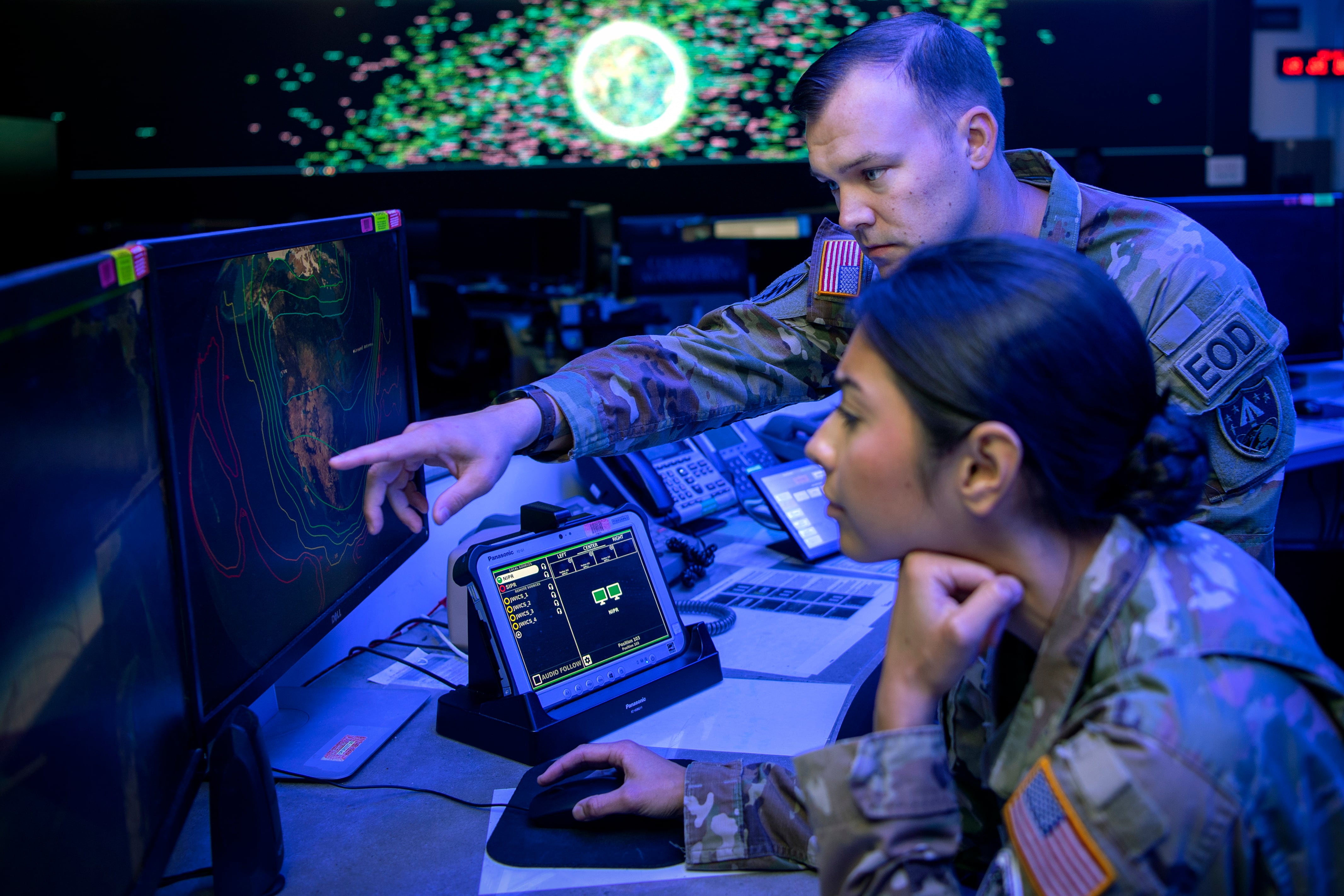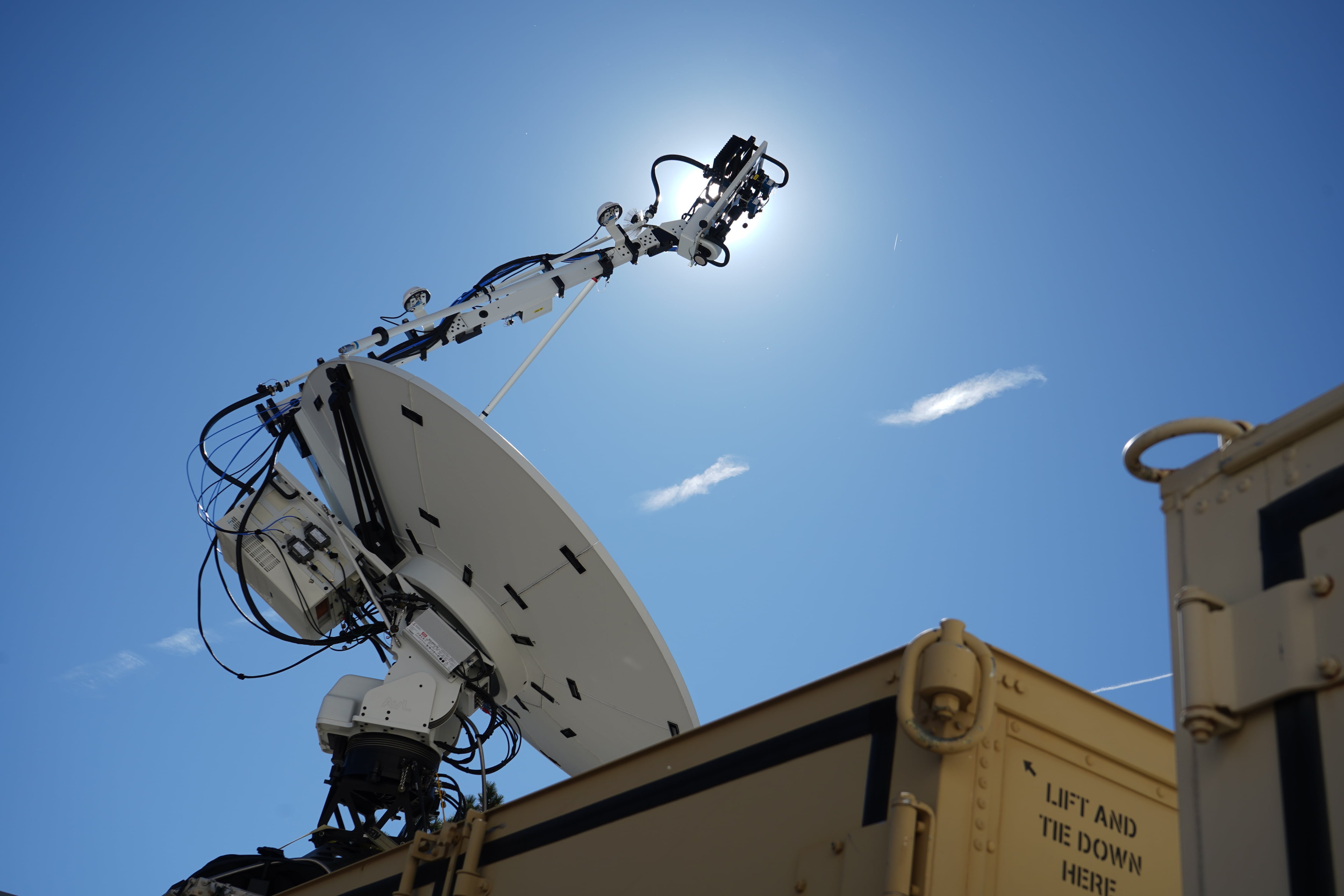The Department of Interior’s entire fleet of drones costs less than a single one of its manned aircraft, and many of the drones are hand-me-downs from the Department of Defense. And yet, thanks to the drones, jobs like dam inspections and wildlife surveys take one-seventh the amount of time to accomplish at one-tenth the cost.
Indeed, Interior drones are offering the rare option of reducing costs and increasing safety of personnel, said Mark Bathrick, director of the Office of Aviation Services at the Department of Interior.
And despite being hand-me-downs, many of these drones are brand new.
“We got some of these drones still in the shrink-wrap from the manufacturer because DoD had already moved on to the next one,” said Bathrick, likening the DoD to teenagers who have to have the most recent technology as soon as it comes out. This mentality enables Interior to work off military castoffs that are already programmed for security and government use.
“Traditionally drones have been thought of as instruments of the military, and in much of our psyches, the American public and abroad, they’re still thought of that way,” said Bathrick.
RELATED
Interior, however, has been able to use drones for land surveillance, wildlife monitoring and visual assistance when dealing with natural disasters.
In fact, Bathrick said, drones are able to go into disaster zones and emergency situations in the stead of personnel, saving the cost of a larger deployment and keeping employees safe. According to the department website, the drone fleet includes the 3DR Solo Quadcopter, the Pulse Vapor 55tM Helicopter, the Fixed-Wing Falcon, and the Falcon Hover.
“You can send a drone in and find out if someone needs to go in there, if it’s even possible to get in there and, if it is, what’s the best route possible to get in there,” said Bathrick.
In 2017, Interior drone operators were able to identify a spot fire that had started as a result of a larger wildfire they were fighting in southern Oregon. The identification via drone saved approximately $50 million in infrastructure damage, according to Bathrick.
The increased use of drones will require agencies, including the Interior, to expand their IT capabilities to manage the new systems.
According to Bathrick, in his prior work in DoD, drones increased their data creation by about 24 times what it had been before, creating a need for greater processing and storage.
“So you have to have the means to collect that data, analyze it, but then you have to be able to trend that data and put it in lines so that you can see what it’s doing. And from that information you obtain better standards […] based on your actions,” said Bathrick.
In the future, Bathrick said that Interior plans on using drones to dart animals, as it is one of the most dangerous jobs they have to do, and to try analyzing and dropping charges on potential avalanche areas to safely clear the snow masses without endangering park rangers.
“There’s a thousand people who will tell you you can’t do it,” said Bathrick. “You just need to do it and beg for forgiveness,”
Jessie Bur covers federal IT and management.








